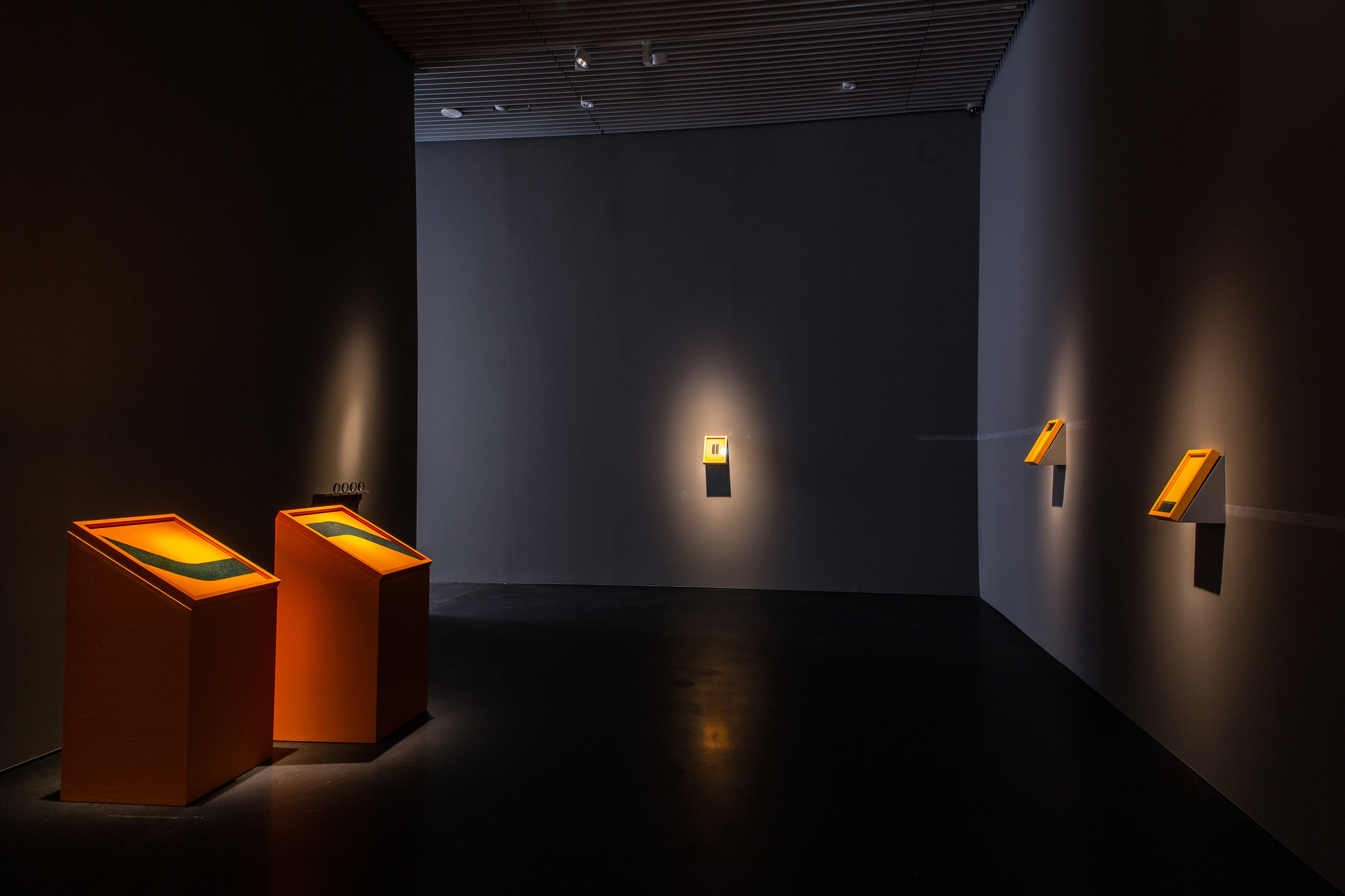Jameel Prize 5
Shawl (2015). Detail of wooden inlay work by naqsh collective. Courtesy of the artist
When the Jameel Prize 5 winners and shortlisted works were unveiled in London last summer, the Victoria and Albert museum housed them together in one room. It was ideal for showcasing the breadth of the talent from the eight artists, designers and one architect comprising the list of finalists for this prestigious prize, which awards contemporary art and design inspired by Islamic traditions and visual culture.
However, when the same exhibition opened its doors in Dubai this week, the works stretched their limbs and filled their lungs with air, filling the large exhibition halls of the Jameel Arts Centre. It was almost as if they had unpacked their suitcases and had arrived at home.
Given such breathing space, the pieces came into their own. Beginning with Younes Rahmoun’s Tâqiya-Nôr (Hat-light), 2016 – a series of traditional Moroccan caps, lit from within and carefully arranged in clusters – the show takes an almost meditative tone, embracing not only the visuals of Islamic culture but the spiritual undertones. Then the viewer moves into a room dedicated to the geometric and abstract works of Kamrooz Aram and one of this year’s joint winner’s Mehdi Moutashar. The placement of Moutashar’s bold, sleek and minimalist wall pieces alongside Aram’s presentation, which takes the form of a museum display complete with plinths and customised wall paint is an interesting one. It emphasises the interest in Islamic geometry but also challenges the notion that Islamic art is purely decorative.
The central room of the exhibition is light and airy and allows Hayv Kahraman’s oil on linen paintings to almost dance from the walls and dialogue wonderfully with Hala Kaiksow’s hand crafted shirt dress also made from raw linen and silk. Dubai and Amman-based sister duo naqsh collective’s fabulous inlay wooden interpretation of a Palestinian textile design is also on display in this space, with the following room painted in deep grey and spot lighting highlighting the incredible detail of Wardha Shabbir’s miniature style paintings.
The final space is dedicated to the remarkable architectural project of the Bait Ur Rouf mosque in Dhaka, designed by Marina Tabassum – the other joint winner of the £25,000 prize. The mosque was completed in 2012 and it was also awarded an Aga Khan Award for Architecture in 2016. Displayed here as a scale model with stunning photography showing its perforated and exposed brick work that allows the natural light to create a dappled pattern along the expansive prayer hall, the viewer can get closer to experiencing what being inside the mosque must be like. Tabassum is the first architect to have ever won this prize and the curatorial challenge lies in best displaying the winning work. In this, the Jameel team have excelled for this iteration of the Jameel Prize exhibition, which really is a must see.
The Jameel Prize 5 exhibition. Jameel Arts Centre, Dubai. April 25 - September 14, 2019.




